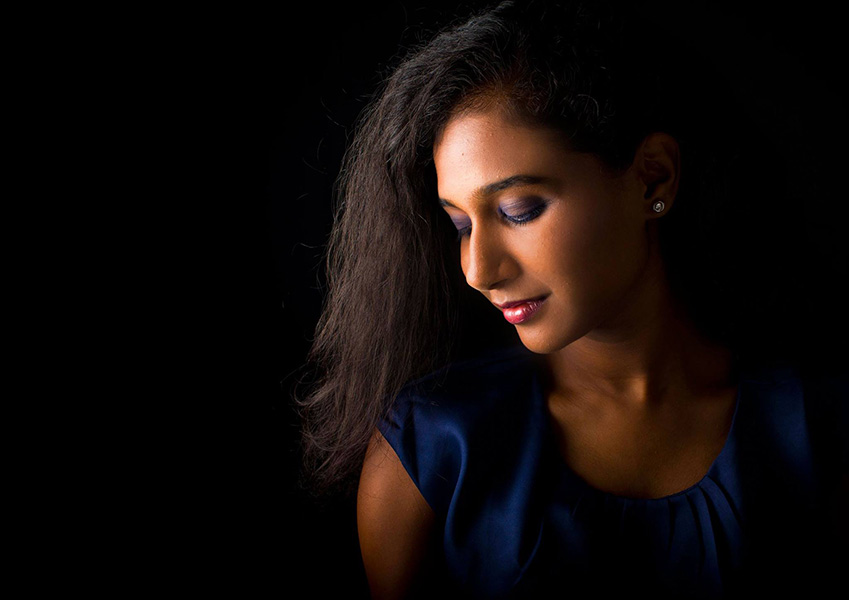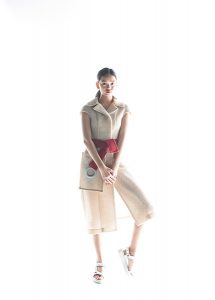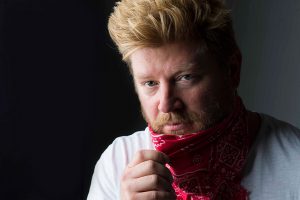Also see: Our Portrait Photography Workshop with Outdoor Light & Studio Setups
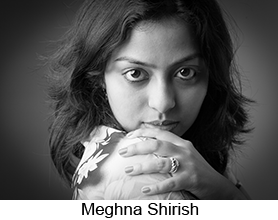 Our portrait photographer Meghna Shirish comes with a background of learning from ‘Istituto Europeo di Design, Madrid, Spain’ and having learnt from the veterans likes Joe McNally, David Robin and Deanne fitzmaurice at Santa Fe workshops USA. Her works however, speak of her own style. She is currently working from Bangalore and has worked on several photography projects in multiple genres including commercial, weddings and portraiture. Here’s showcasing Meghna’s work, along with her tips on portrait photography.
Our portrait photographer Meghna Shirish comes with a background of learning from ‘Istituto Europeo di Design, Madrid, Spain’ and having learnt from the veterans likes Joe McNally, David Robin and Deanne fitzmaurice at Santa Fe workshops USA. Her works however, speak of her own style. She is currently working from Bangalore and has worked on several photography projects in multiple genres including commercial, weddings and portraiture. Here’s showcasing Meghna’s work, along with her tips on portrait photography.
The power of natural light
You may not always have helpful studio lighting and essential facilities handy. But a lot can be achieved even in natural light, if you know how to manage and modify the light to suit your purpose.
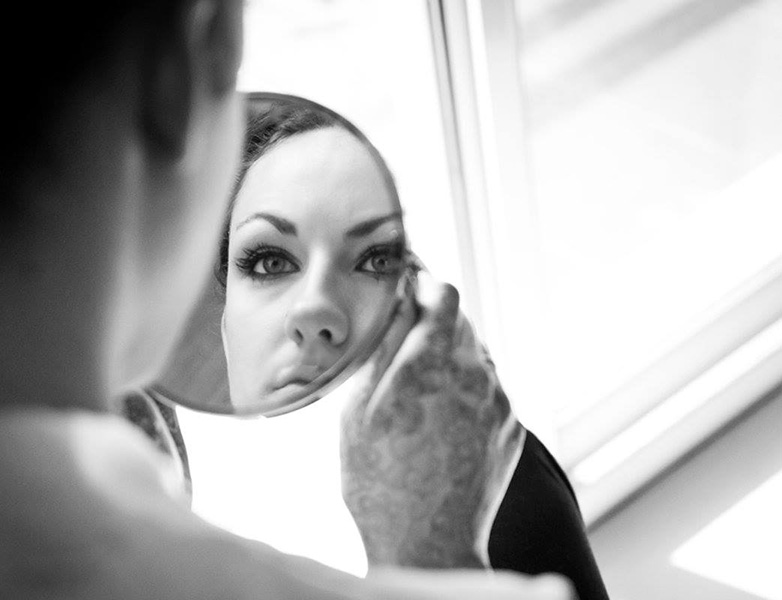
A window light can create wonders with little effort. The soft and directional light adds a beautiful mood and character to the portrait.
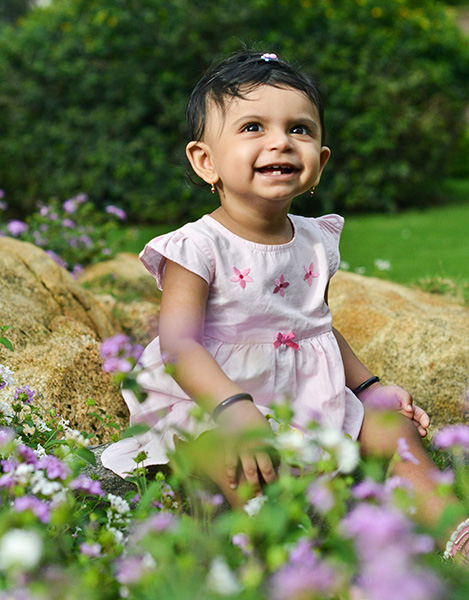
The gentle glow of mornings and evenings can aid to get smooth portraits without having to worry about harsh shadows. In the event of a strong sun, a reflector can be used to balance the light.

A combination of flash and window light can add a professional touch to the images. In this photograph, the window is towards the right, and a flash was bounced off the roof to provide a soft and more even lighting.
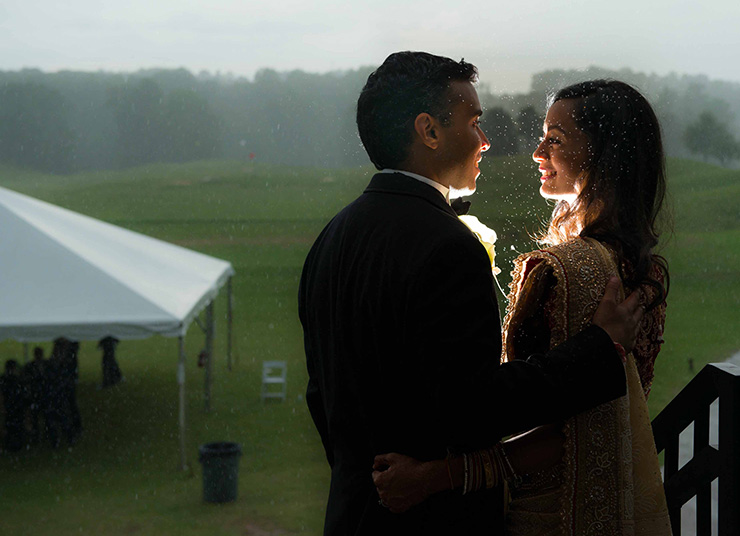
Here is another example of amazing outcomes that can be achieved with a combination of natural light and a flash light.
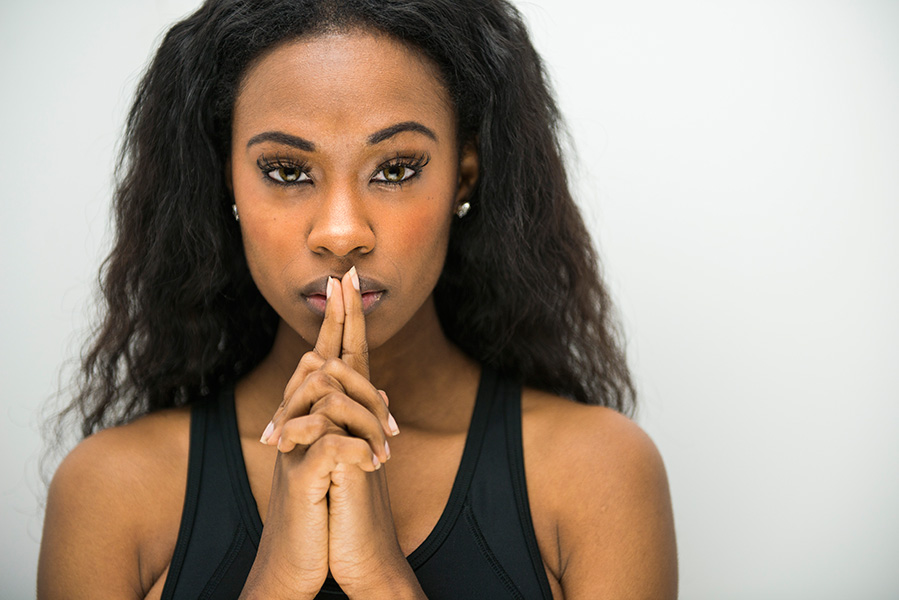
Even when you are operating indoors a studio or similar space, the lighting doesn’t always have to be large and complex flashes/strobes. Even a continuous light source (such as a bunch of big CFL light bulbs put together) can produce interesting effects, such as smoothly transitioning shadows, and help you achieve a shallow depth of field where needed.
The best way to begin with studio lighting is by understanding some simple yet interesting lighting techniques commonly used by all portrait photographers.
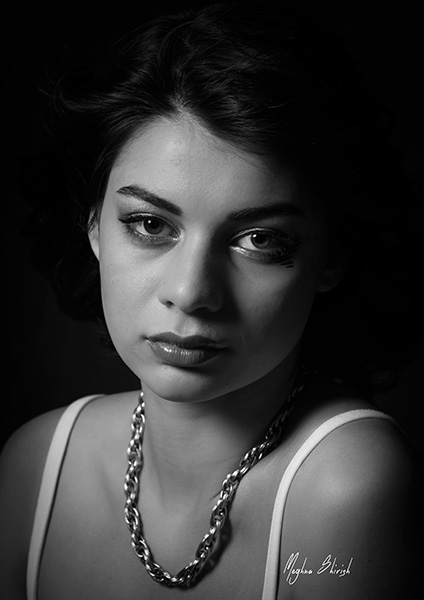
Rembrant Lighting is a well-known lighting technique that uses a single studio light such as a soft-box. The light is placed slightly above the subject at an angle, such that one side of the face is fully lit, while on the other side, there is light just around the eyes and below in the form of a triangle. Named after the well-known Dutch painter.

Split Lighting is another technique that uses single light source. As the name suggests, one split of the face is well-lit and another part remaining dark.
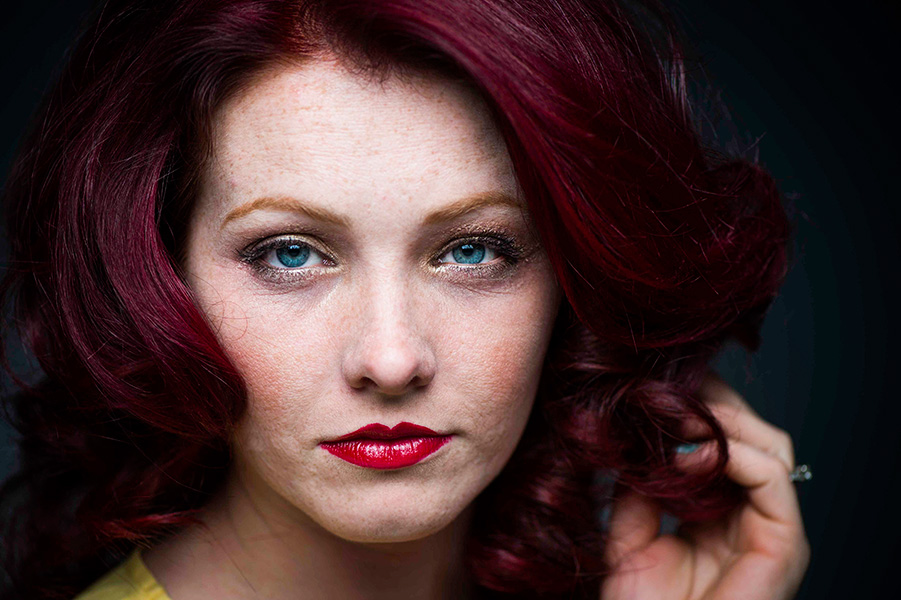
Butterfly effect is created by keeping the light source slightly higher, in front of the subject, creating a gentle shadow under the nose forming a shape similar to the wings of a butterfly.
Interested in learning more about making beautiful portrait photos? Join us on our workshop on portrait photography in Bangalore, mentored by Meghna Shirish.

